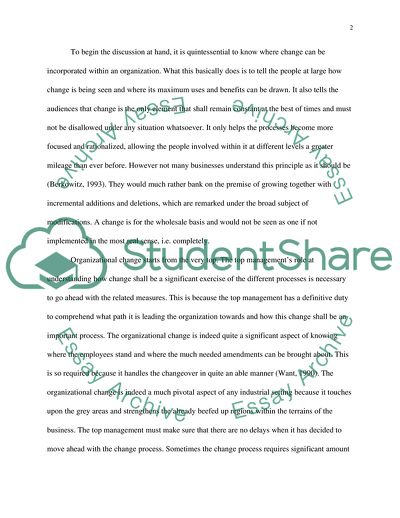Cite this document
(People and Organization Management in the Built Environment Coursework Example | Topics and Well Written Essays - 3500 words, n.d.)
People and Organization Management in the Built Environment Coursework Example | Topics and Well Written Essays - 3500 words. https://studentshare.org/engineering-and-construction/1797767-people-and-organization-management-in-the-built-environment
People and Organization Management in the Built Environment Coursework Example | Topics and Well Written Essays - 3500 words. https://studentshare.org/engineering-and-construction/1797767-people-and-organization-management-in-the-built-environment
(People and Organization Management in the Built Environment Coursework Example | Topics and Well Written Essays - 3500 Words)
People and Organization Management in the Built Environment Coursework Example | Topics and Well Written Essays - 3500 Words. https://studentshare.org/engineering-and-construction/1797767-people-and-organization-management-in-the-built-environment.
People and Organization Management in the Built Environment Coursework Example | Topics and Well Written Essays - 3500 Words. https://studentshare.org/engineering-and-construction/1797767-people-and-organization-management-in-the-built-environment.
“People and Organization Management in the Built Environment Coursework Example | Topics and Well Written Essays - 3500 Words”. https://studentshare.org/engineering-and-construction/1797767-people-and-organization-management-in-the-built-environment.


